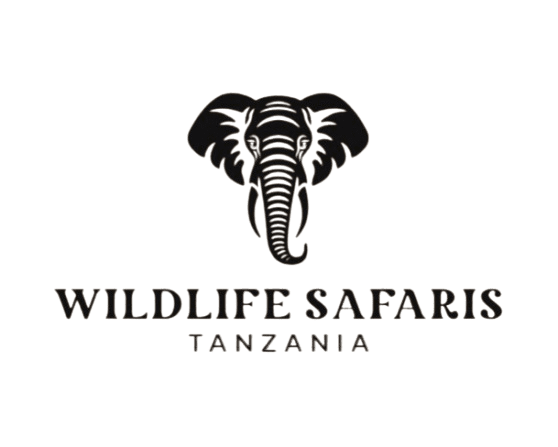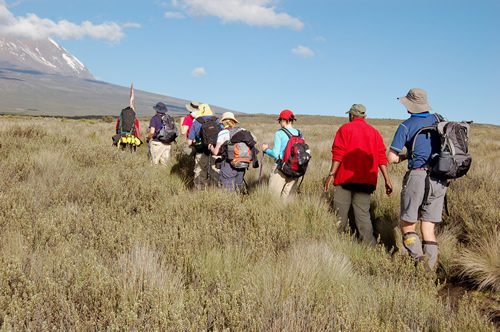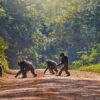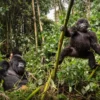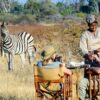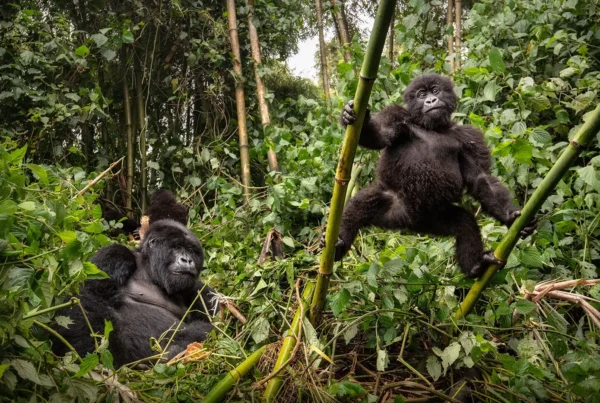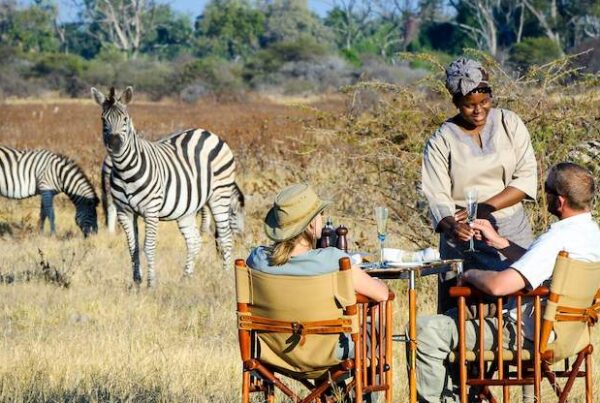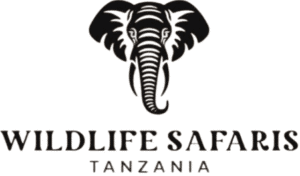Peak Climbing Season on Kilimanjaro
An exhilarating hiking adventure awaits you above Mount Kilimanjaro. As the tallest peak in Africa, Kilimanjaro is one of the Seven Summits, along with Denali, Everest, Vinson, Elbrus, Aconcagua, and Carstens Pyramid. Picture yourself taking in breathtaking vistas of the snow reflecting the sunrise’s beams as they illuminate the landscape.
You’re perched atop Africa.
The key to a successful ascent of this magnificent peak is timing. Whether your hike is going to be easy or very difficult depends on this selection as well. It will also guarantee that you will have clean sky and beautiful sights. Hiking Kilimanjaro is possible at any time of year, although there are certain advantages to certain months over others. We go over the ideal times to climb Kilimanjaro and offer some more advice on when to summit this mountain.
What time of year is ideal for climbing Kilimanjaro?
June through October is peak climbing season for Kilimanjaro. Less rain is falling, the sky is clear, and the pathways are dry. Beyond that, the months of January through March are ideal for climbing Kilimanjaro due to the lack of tourists, pleasant weather, and picturesque pathways. Get all the information you need about climbing Kilimanjaro with this season-specific guide.
From the months of January through March
If you’d rather not deal with crowds, the months of January through March are ideal. Ascents of this magnificent peak are never, if ever, accompanied by more than a handful of other hikers. Despite this, you should bring some rain clothing in case of rains or chilly morning mists; otherwise, the weather is dry and mild.
In the lower rainforest zone, daytime temperatures can reach approximately 20-34˚C (68-93˚F), but they can drop below freezing in higher elevations. February provides a distinct trekking opportunity among these months, however it is quite hot (34˚C/93˚F).
Hikers looking for less expensive, less busy trails can plan their trips for the months of January through March. It’s also ideal for those who prefer dry weather and clear sky.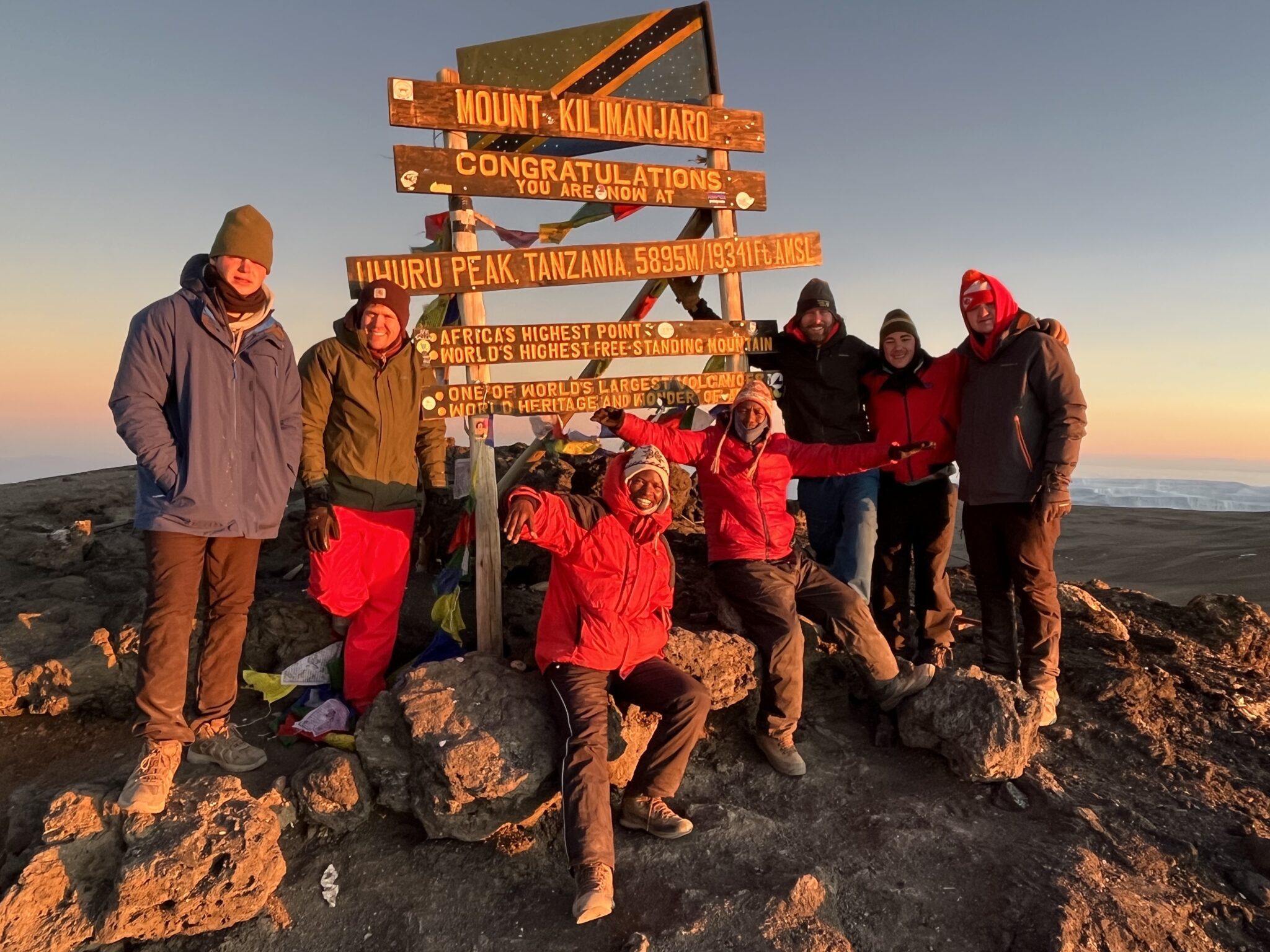
The months of April through May.
In Tanzania, the rainiest months are April and May. When Kilimanjaro’s paths are wet and slick, climbing becomes much more of a challenge. On the other hand, seasoned hikers should ascend this peak at this time. Furthermore, snow may be found at relatively low elevations, such as 14,000 feet.
Precipitation also makes trees green, which is a beautiful sight that any photographer would be lucky to catch. On lower slopes, daily temperatures can range from 15 to 25˚C (59 to 77˚F), although they can drop below freezing farther up. On the peak, vision may be impaired due to the frequent clouds, mist, and fog.
During the protracted wet season, the Rongai trail offers the most favorable conditions for hiking. This is due to the fact that it originates in the dry, northern region of Kilimanjaro. Most highways are wet, slick, and hazardous due to the frequent persistent rains on the western side.
From June till October
Climbers swarm Kilimanjaro in droves from June through October. This is because the weather has been consistently pleasant, with little clouds, dry pathways, and breathtaking views of Kilimanjaro’s dawn and its three summits.
The months of July and August saw a surge of trekkers. If you want to dodge the crowds, the best time to walk Kilimanjaro is in June, when the mountain is still relatively uncrowded. As many hikers depart the nation in September and October, the number of hikers likewise drops during those months.
Warning: There is a lot of traffic on the Marangu and Machame roads. Lemosho and Rongai are two examples of more distant ones.
Beginning in November and continuing into December
In the beginning of November, there are brief downpours that cause the route to become muddy and verdant. Nighttime and, on rare occasions, daytime showers provide light precipitation. As a result of the treacherous terrain, the mountain is relatively empty.
Most hikers prefer to tackle Kilimanjaro during this month since it coincides with the winter season in Europe. Aside from a few little rainstorms here and there, this month is hot and dry. Many visitors opt to spend Christmas and New Year’s on the summit, so be prepared for the holiday trek.
Observation: The mountain’s western flank is prone to heavy precipitation. The Marangu, Machame, and Lemosho routes in the west should be avoided at all costs. Northern Circuit and Rongai are two alternatives to consider.
Concluding remarks…
Any time of year is suitable for climbing Kilimanjaro. For your own safety, particularly if you’re just starting out, we recommend against going in November, April, or May while it’s raining. However, experienced hikers might try to improve their trekking abilities by attempting Kilimanjaro during this season.
Discover the highest point in Africa with our assistance. Our professional mountain guides will lead you through each of the five zones, from the lowest, the rainforest, to the highest, the arctic. Is this incredible journey something you can handle? Together, we can plan the perfect climbing trip. Get in touch with our professional safari planners for assistance.
